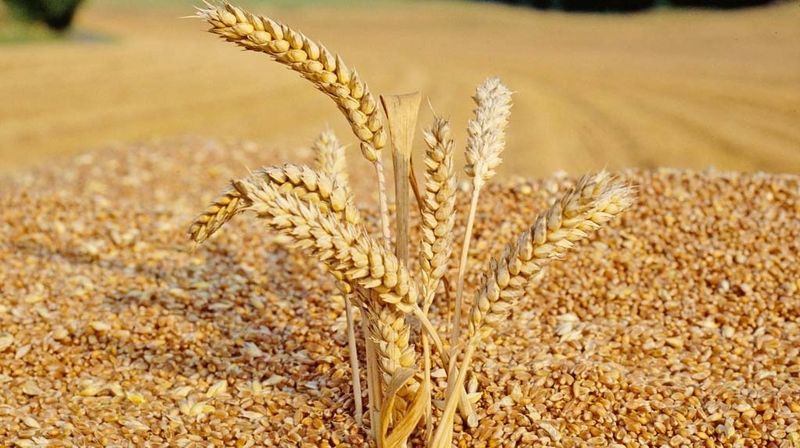Portugal Starts Importing Estonian Wheat Largely

Portugal has a population of 10.3 million people. Wheat is one of the main crops of the country. Crop yields are well below the European Union average due to low agricultural investment, minimal mechanization, little use of fertilizers, and the fragmented land-tenure system. Last ten years, the country’s degree of self–sufficiency has been under 10%, and the country has been dependent on Wheat supply.
In 2021, according to data released by the National Statistics Institute (INE), only 6.3% of the internal use of Wheat (human consumption, animal feed, industrial use, etc.) was satisfied by national production, compared with 60% in 1990. Therefore, the Wheat trade balance in Portugal has always been in deficit.
During the 1980s, the main supplier of Wheat to Portugal was the United States. However, in 1991, this supplier lost its role, giving rise to European Union countries, mainly France. In general, France was the leading supplier of Wheat to Portugal (49%), well ahead of Spain (13%). Portugal, in 2019, imported more than one million tons of Wheat and produced less than 60,000 hectare areas, 47,000 of which were in the Alentejo and only around 7,000 in the Alqueva irrigation perimeter. Portugal imports more than 1.1 million tons of Wheat per year.
In 2020, Portugal imported Wheat worth $276 million, becoming the 44th largest Wheat importer in the world. Wheat became the 59th most imported product in Portugal. Portugal imports Wheat primarily from: France ($143 million), Poland ($24.7 million), Spain ($24.6 million), Denmark ($23.3 million), and Canada ($12.5 million). In return, Portugal exported Wheat worth $12.5 million in the same year, making it the 45th largest Wheat exporter in the world. The leading destination of Wheat exports from Portugal were Mozambique ($9.22 million), Spain ($3.11 million), the Netherlands ($109k), France ($74.3k), and Switzerland ($1.47k).
According to the Agflow data, in Jan-Oct 2022, the leading supplier of Wheat to Portugal was France (47,700 tons), followed by Estonia (45,000 tons), Canada (30,000 tons), Bulgaria (25,000 tons), and the United States (22,000 tons).
In 2018, the then Minister of Agriculture Capoulas Santos launched the National Strategy for the Promotion of Cereal Production (Enppc), with a five-year horizon to achieve results and which continues to be implemented by the Government. The objective is to reduce external dependence and increase production areas, with the goal of self-supplying 40 percent of the country’s needs: 80 percent in rice; 50 percent in corn; and 20 percent in Wheat, barley, and oats.
In 2018, cereals produced in Portugal only accounted for 23 percent of the country’s consumption. This figure compares with 1989, when they made 60 percent of what the country consumed, occupying 900 thousand hectares of land, about 10 percent of the national territory (257 thousand hectares in 2016).

This country’s Wheat dependency on Russia and Ukraine is lower than other countries, respectively 0.5% and 0.3%, in the national Wheat import, and interruption of direct grain imports from these countries will hardly affect this supply chain. However, the situation between these two countries reflects on the international price of Wheat, which, given Portugal’s external dependence on this commodity, will increase the trade balance deficit. Also, the country’s Wheat production in 2022 is forecasted to lower by 10% due to weather conditions, which could increase Wheat imports.
Read also
Wheat in Southern Brazil Impacted by Dry Weather and Frosts
Oilseed Industry. Leaders and Strategies in the Times of a Great Change
Black Sea & Danube Region: Oilseed and Vegoil Markets Within Ongoing Transfor...
Serbia. The drought will cause extremely high losses for farmers this year
2023/24 Safrinha Corn in Brazil 91% Harvested
Write to us
Our manager will contact you soon



